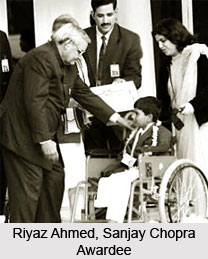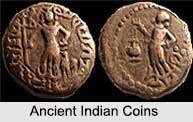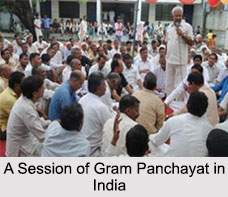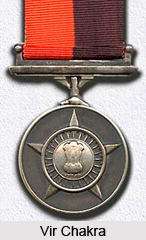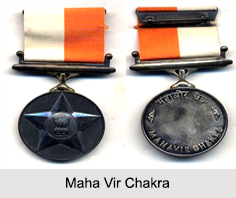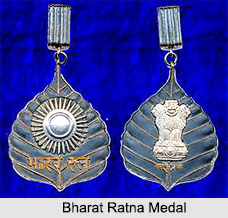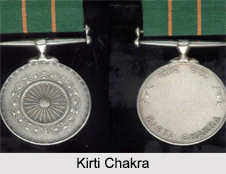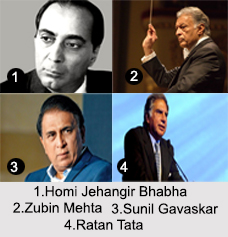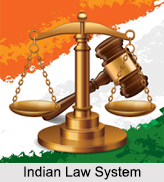 Indian Law System includes legal practices and institutions of India. Indian law refers to the system of law in contemporary India. India maintains a mix legal system with a combination of civil, common law and religious law within the legal structure. These were inherited from the majestic age and a variety of legislation which was first introduced by the British. These are still in effect in modified forms nowadays. Indian Constitution declares India to be a sovereign, socialist, democratic, republic, assuring its citizens of justice, equality and liberty. It contains 395 articles and 12 schedules, as well as many amendments.
Indian Law System includes legal practices and institutions of India. Indian law refers to the system of law in contemporary India. India maintains a mix legal system with a combination of civil, common law and religious law within the legal structure. These were inherited from the majestic age and a variety of legislation which was first introduced by the British. These are still in effect in modified forms nowadays. Indian Constitution declares India to be a sovereign, socialist, democratic, republic, assuring its citizens of justice, equality and liberty. It contains 395 articles and 12 schedules, as well as many amendments.
History of Indian Law System
India had a traditionally independent school of legal theory and practice. `Arthashastra` and `Manusmriti` were significant treatises in India. Its texts were considered as convincing legal leadership. Manusmriti"s innermostphilosophy was patience and pluralism. Inter-State relations in the pre-Islamic period effected in clear-cut rules of conflict of a high civilized standard, in rules of a neutral stance, of treaty law, of customary law, etc.
With the beginning of the British Raj, there was a break in tradition, Hindu and Islamic laws were eradicated in favour of British common law. As a consequence, the presentjudicial system of India receives for the most part from British system.
Sources of Indian Law System
The sources of Indian Law System are as follows:
Primary Sources:
The primary source of Indian law is in the performances passed by the Parliament or the State Legislatures. The President and the Governor have limited powers to issue laws.
Secondary Source
: Secondary source of Indian law is the judgments of the Supreme Court High Courts and some of the specific courts. The Indian Constitution provides that the law stated by the Supreme Court shall be obligatory on all courts within India.
Types of Indian Law System
There are a variety of levels of Law System in India with different types of nature, each with changing powers depending on the level bestowed upon them. Following are the different types of Indian Law System:
Constitutional and Administrative Law:
The constitution recommends a central structure of government with a noticeably defined division of legislative and executive powers between the Federation and the Indian States. Each State Government has the liberty to draft its own laws. Laws passed by the Parliament of India and other pre-existing central laws on subjects classified as fundamental subjects which are binding on the citizens. The Constitution also has firm unitary features, such as vesting the power of amendment exclusively in the Federal Government, the absence of dual citizenship, and the prevailing authority assumed by the Federal Government in times of emergency situations.
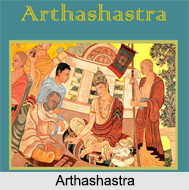 Labour Law:
Labour Law:
Indian labour law are in the middle of the most inclusive in the world. In practice, there is a large unofficial sector of workers, to whom labour rights are not in fact available and laws are not implemented.
Contract Law:
It administrates access into contract and effects of breaking the contract. Indian Contract law is generally known as Commercial Law of India. "The Contract Act" is the main and most used act of authorized agreements in India.
Tort Law:
This covers custodial deaths police violence, encounter killings, illegal imprisonment and disappearances.
Tax Law
Indian tax law engrosses a number of different taxes levied by different governments. The Constitution of India assigns the power to charge a variety of taxes between the Centre and the State. A significant restraint on this power is Article 265 of the Constitution which states that "No tax shall be collected except by the authority of law". The foremost tax passing is the Income Tax Act of 1961 passed by the Parliament, which starts and administrates the taxation of the incomes of individuals and firms.
Trust Law:
Trust law in India is mostly codified in the "Indian Trusts Act" of 1882. It expands to the whole of India apart from for the state of Jammu and Kashmir andAndaman and Nicobar Islands
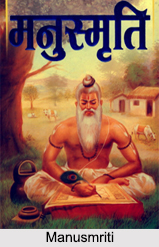 Family Law:
Family Law:
Family laws in India are different. Current improvement has affected protection and guardianship laws, adoption laws, progression law and laws concerning domestic violence andchild marriageThe complete field of Hindu family law could be enacted touching upon all foremost areas that influencefamily life among Hindus in India. JainsSikhs and Buddhists are also enclosed by Hindu law. Indian Muslims"` personal laws are based upon the Sharia (Islamic Law) which is thus partially applied in India. For Christians a separate branch of law known as Christian Law which applies for the most part based on specific statutes.
Nationality Law:
Nationality law or citizenship law is mostly codified in the constitution of India and in the Citizenship Act" of 1955. Although, the Constitution of India bars on multiple citizenship, Parliament of India passed a law creating a new type of limited dual nationality. It is called "Overseas Citizenship of India". Overseas citizens of India have no political rights or contribution in the government.
Criminal Law:
Indian Penal Code (IPC) applies to a few offence committed by an Indian Citizen anywhere. Indian Penal Code came into force in 1862. In February 2011, the Supreme Court of India ruled that criminal defendants have a constitutional right to guidance. Capital punishment in India is legal.
The central police force is controlled by the central Government of India. The mainstream of the federal law enforcement agencies are controlled by the Ministry of Home Affairs. The head of all of the federal law enforcement agencies is always an Indian Police Service officer (IPS). The constitution allocates responsibility for maintaining law and order to the states and territories. Almost all regular policing, including dread of criminals is carried out by state-level police forces.
Indian law draws on a number of sources, beginning with the customs of the ancient Vedas and later accretions of Hindu law, which largely concern social matters such as marriage and succession.





